Transition Talks: Secondary Transition Program Evaluation

Transition education and services should be grounded in quality research and include transition programs that build services, instruction, and supports around factors associated with post-school success. The National Technical Assistance Center for Transition (NTACT) has identified effective practices for transition that are evidence and research based. Local school systems (LSSs) should not only use evidence-based practices (EBP) in transition programming, they also need to utilize program evaluation. Without effective evaluations, LSSs would not know if programs are successful or make a difference to the students and families. Accordingly, the question is not “Why evaluate?” but “What and how do we evaluate?”
For students to achieve their optimal capabilities and reach their goals, LSSs must capitalize on every moment of opportunity and provide instruction and services supported by evidence of effectiveness. Students with disabilities should leave school college and career ready, along with their peers. This requires that LSSs determine if they are utilizing EBP in transition programming in order to produce the intended effects. Program evaluations must be viewed as an integral piece of every program, not as an add-in or afterthought. Without an evaluation plan, program impact is difficult to predict or to determine. Evaluations allow LSSs to analyze and understand what worked and what did not. Lessons learned from evaluations help everyone involved improve results.
Spotlight
The Maryland Indicators of Effective Transition Practices Self-Assessment Tool (ETP)
The Maryland Indicators of Effective Transition Practices Self-Assessment Tool (ETP) provides a framework for LSSs to develop a shared understanding of Evidence Based Practices (EBP) that have been found through research to impact student outcomes.
Conducted as a self-assessment, the ETP is a tool for LSSs to identify their strengths, establish priority areas for improvement, develop an action plan, and evaluate their progress over time with an eye on continuous improvement. If LSS transition teams use this self-assessment coupled with student outcome data, they can identify what is working, what needs to be strengthened, and describe the impact of their services and improvements on their youth with disabilities and their families.
LSS transition coordinators can contact their MSDE Secondary Transition Liaison to schedule an ETP.
Questions to Consider
- Is your LSS fully implementing EBP in the transition planning process?
- What data does your LSS collect on transition programming?
- When was the last ETP completed in your LSS?
Resources
*This pdf is not 100% accessible and is not a required resource.







